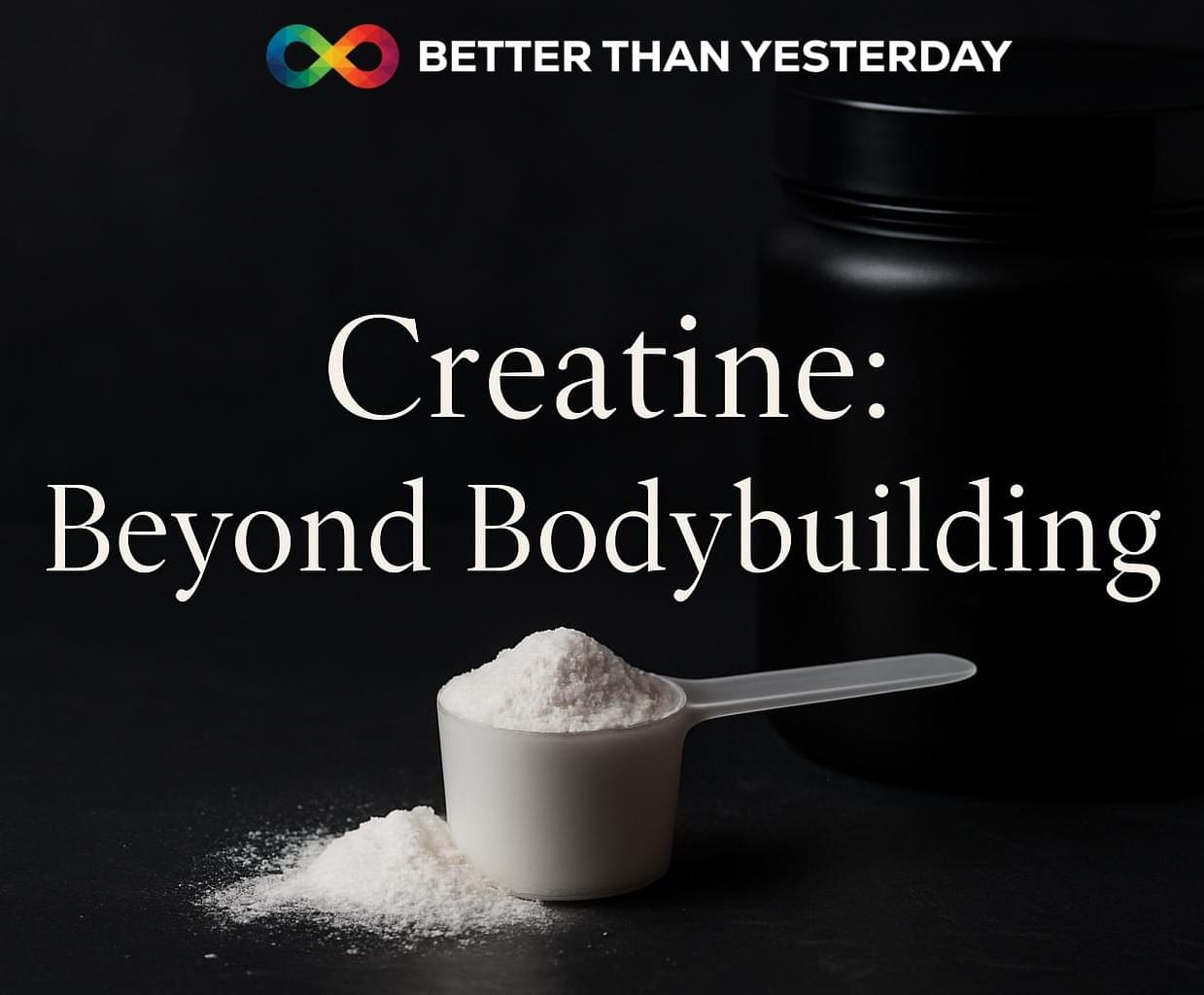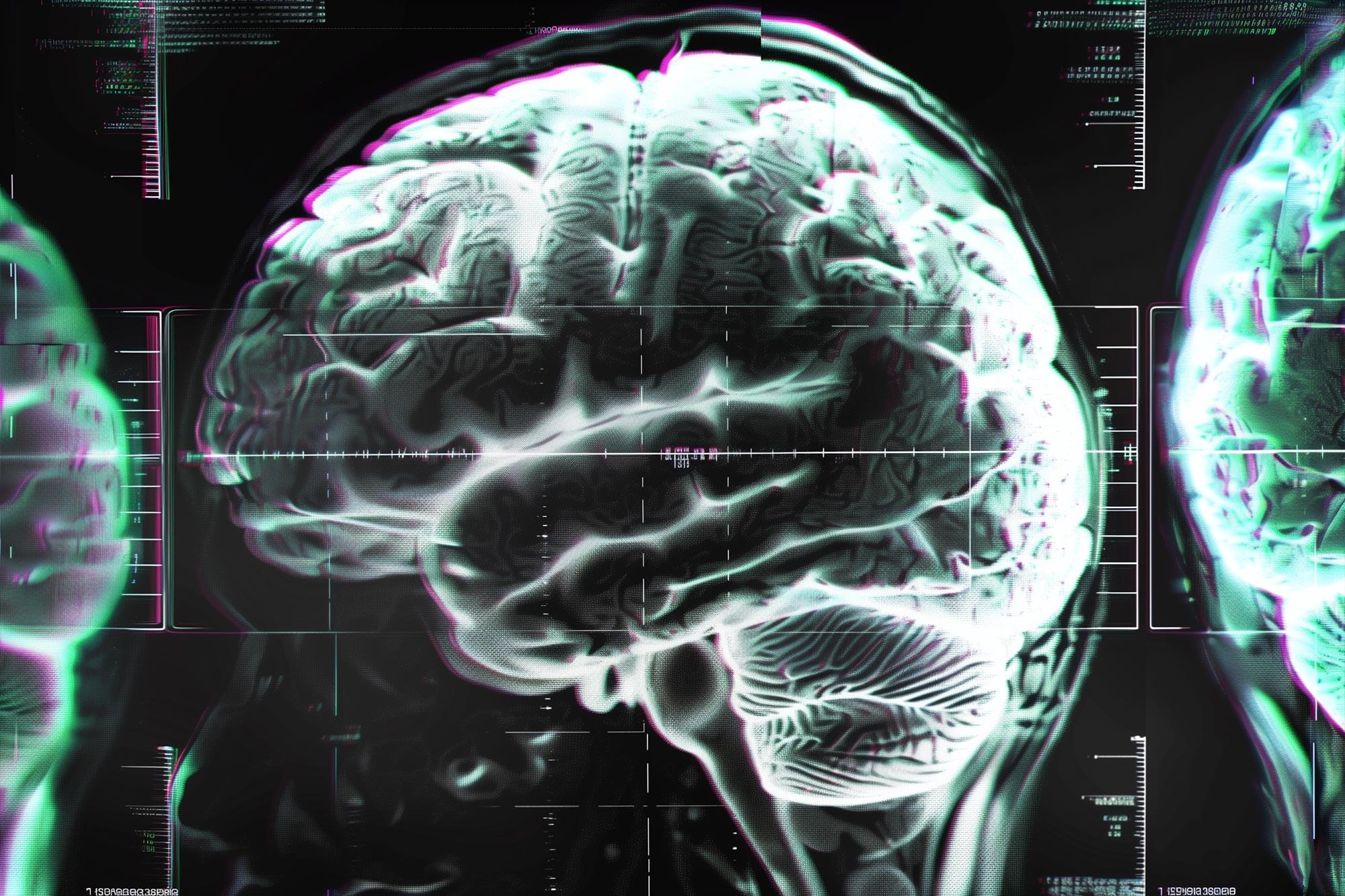NIH-funded project helps unravel the brain’s wiring, giving clues to how we see the world.



Published in Brain, Behavior and Immunity—is the first to suggest that a tumor-driving gene known as AEG-1 actively regulates the inflammation responsible for causing chemotherapy-induced peripheral neuropathy (CIPN), a common and painful side effect of cancer treatment. Eliminating the function of this gene using targeted therapies could become a critical strategy for managing a debilitating side effect experienced by many cancer patients.
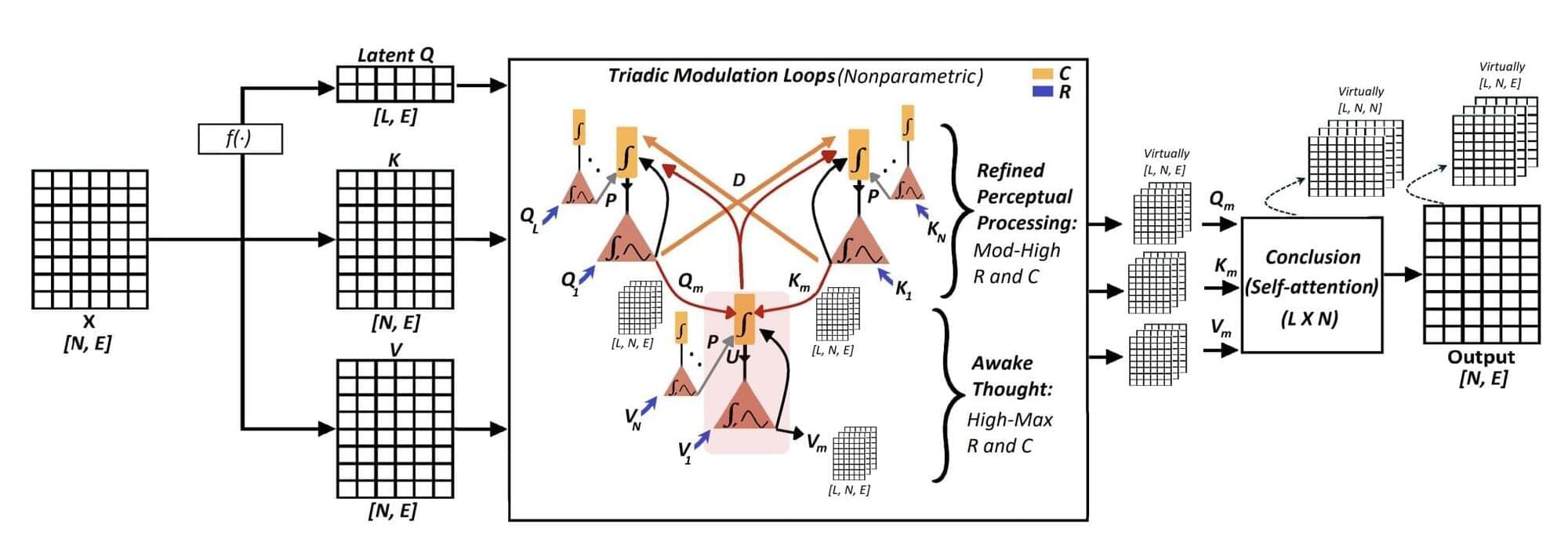
The advancement of artificial intelligence (AI) and the study of neurobiological processes are deeply interlinked, as a deeper understanding of the former can yield valuable insight about the other, and vice versa. Recent neuroscience studies have found that mental state transitions, such as the transition from wakefulness to slow-wave sleep and then to rapid eye movement (REM) sleep, modulate temporary interactions in a class of neurons known as layer 5 pyramidal two-point neurons (TPNs), aligning them with a person’s mental states.
These are interactions between information originating from the external world, broadly referred to as the receptive field (RF1), and inputs emerging from internal states, referred to as the contextual field (CF2). Past findings suggest that RF1 and CF2 inputs are processed at two distinct sites within the neurons, known as the basal site and apical site, respectively.
Current AI algorithms employing attention mechanisms, such as transformers, perceiver and flamingo models, are inspired by the capabilities of the human brain. In their current form, however, they do not reliably emulate high-level perceptual processing and the imaginative states experienced by humans.
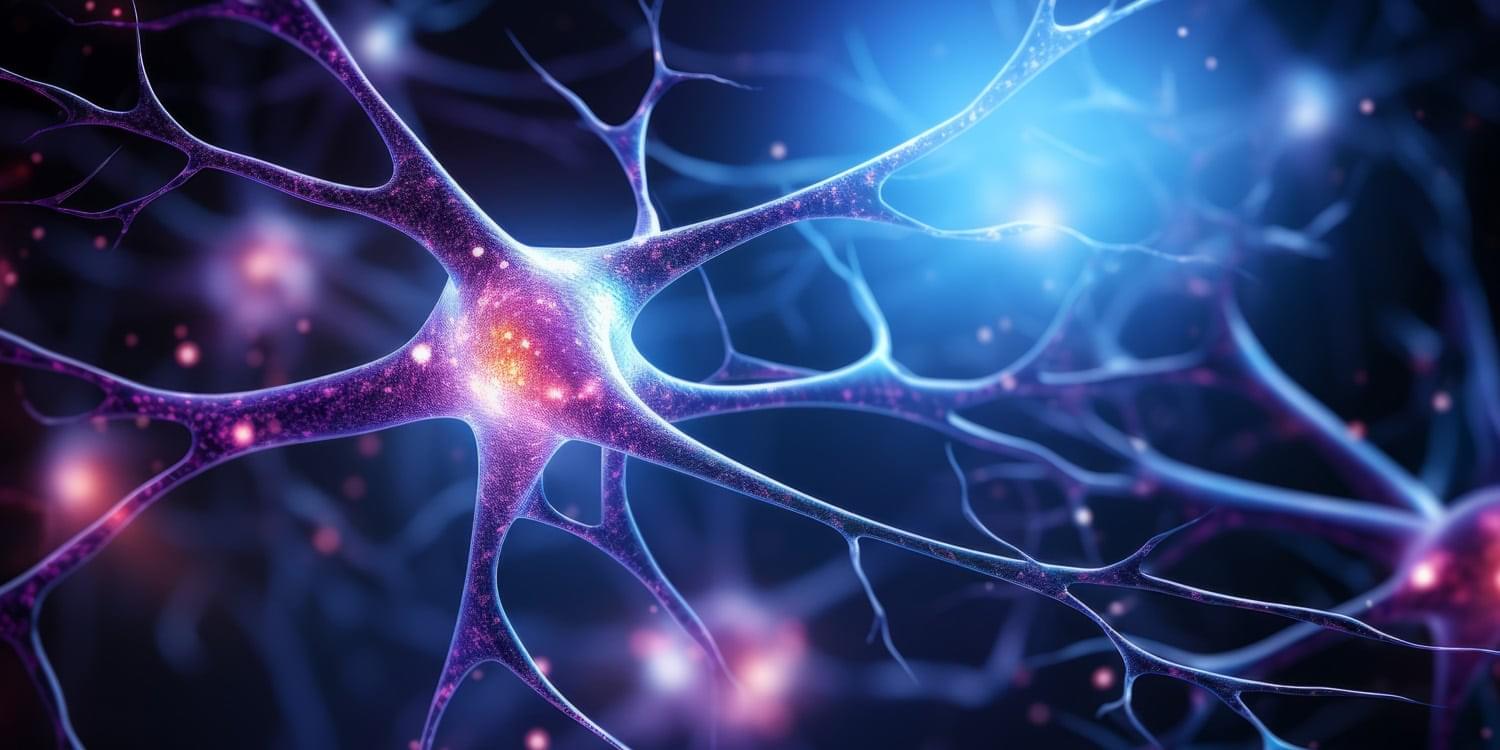
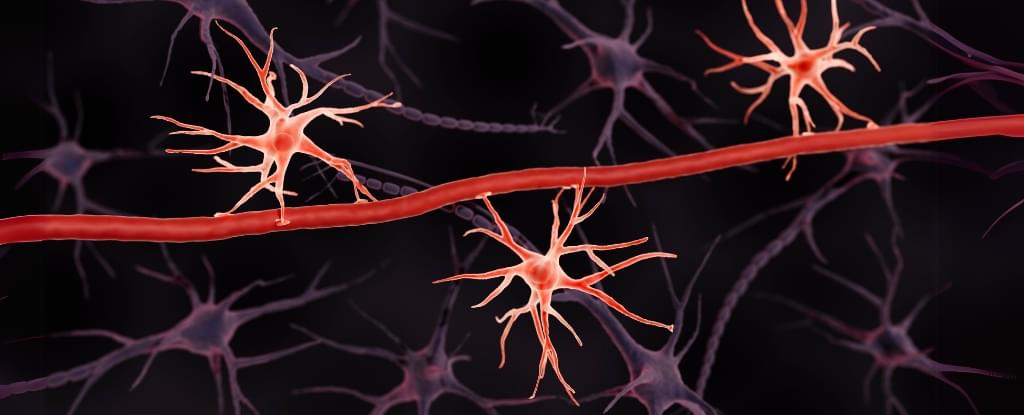
A new drug targeting inflammation in the brain has been shown to bolster the blood-brain barrier in mice, pioneering a potential shift in the fight against neurodegenerative diseases like Alzheimer’s.
“Finding [the drug] blocks brain inflammation and protects the blood-brain barrier was an exciting new discovery,” says pathologist Sanford Markowitz from Case Western Reserve University (CWRU).
What’s more, the researchers note that amyloid levels – the abnormally clumping proteins traditionally thought to play a role in the progress of Alzheimer’s – remained the same. This suggests the new treatment, focusing on an immune protein called 15-PGDH, targets a completely different physiological pathway than many existing medications.
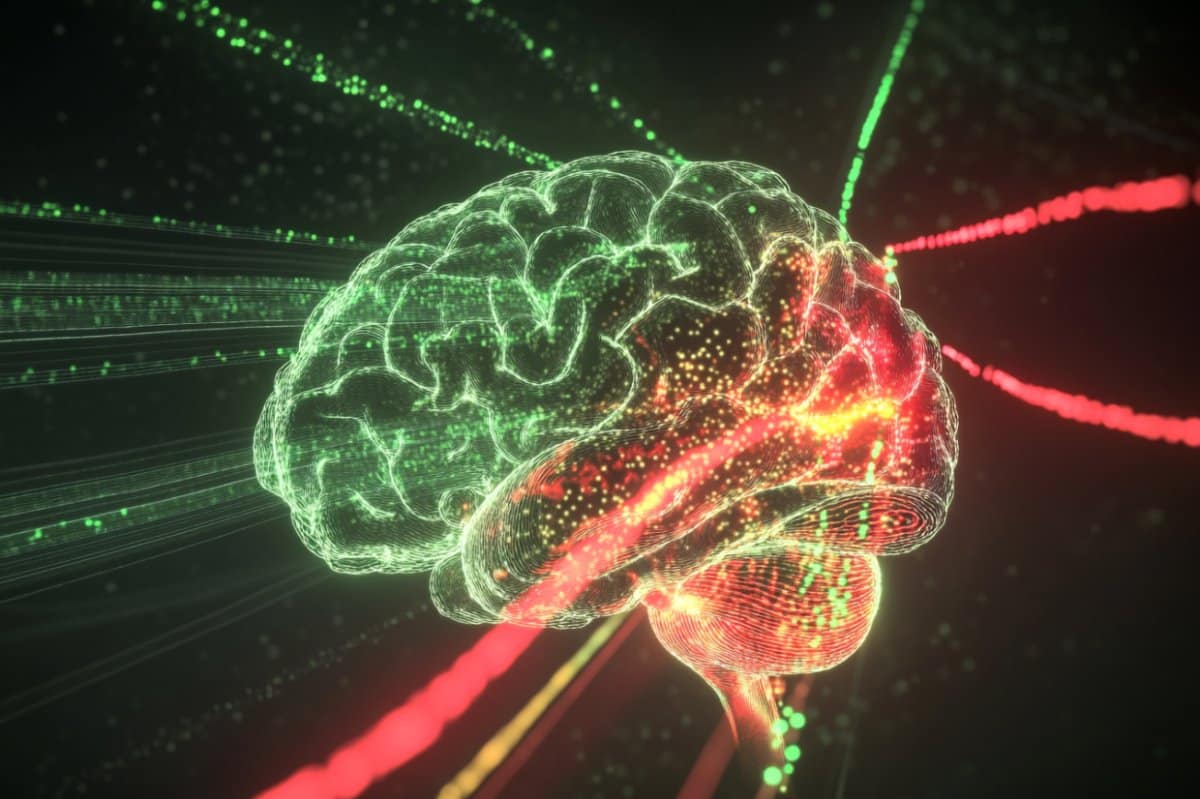
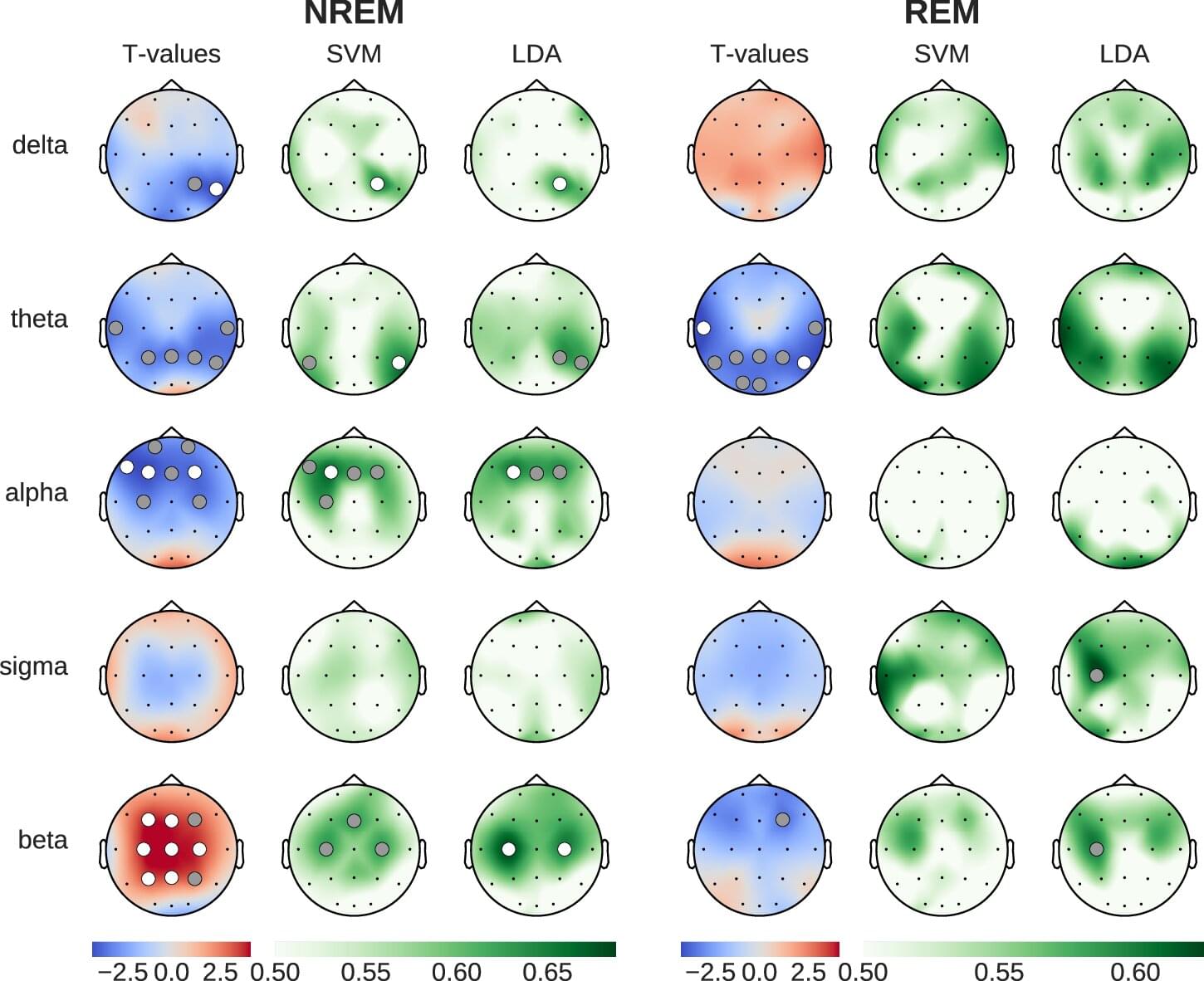
Caffeine is not only found in coffee, but also in tea, chocolate, energy drinks and many soft drinks, making it one of the most widely consumed psychoactive substances in the world.
In a study published in Communications Biology, a team of researchers from Université de Montréal shed new light on how caffeine can modify sleep and influence the brain’s recovery—both physical and cognitive—overnight.
The research was led by Philipp Thölke, a research trainee at UdeM’s Cognitive and Computational Neuroscience Laboratory (CoCo Lab), and co-led by the lab’s director, Karim Jerbi, a psychology professor and researcher at Mila–Quebec AI Institute.
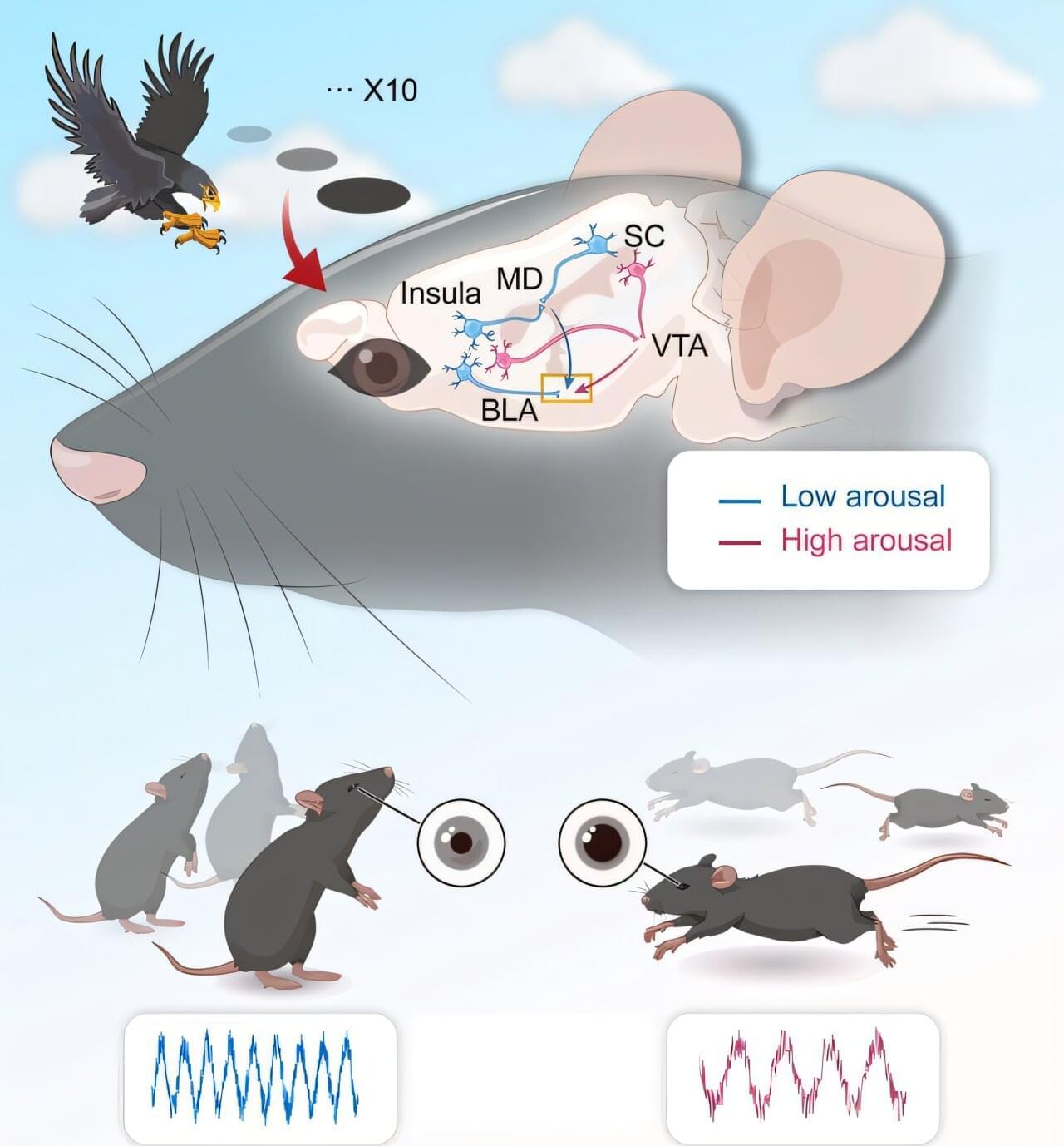
In a study published in Neuron, a research team led by Prof. Wang Liping from the Shenzhen Institutes of Advanced Technology (SIAT) of the Chinese Academy of Sciences revealed the neural circuit underlying individual differences in visual escape habituation.
Emotional responses, such as fear behaviors, are evolutionarily conserved mechanisms that enable organisms to detect and avoid danger, ensuring survival. Since Darwin’s “On the Origin of Species” (1859) proposed that individual differences drive natural selection, understanding behavioral adaptation has become essential for unraveling biodiversity and survival strategies.
Repeated exposure to predators can elicit divergent coping strategies—habituation or sensitization—that are dependent on sensory inputs, internal physiological states, and prior experiences. However, the neural circuits underlying individual variability in the regulation of internal states and habituation to repeated threats remain poorly understood.
